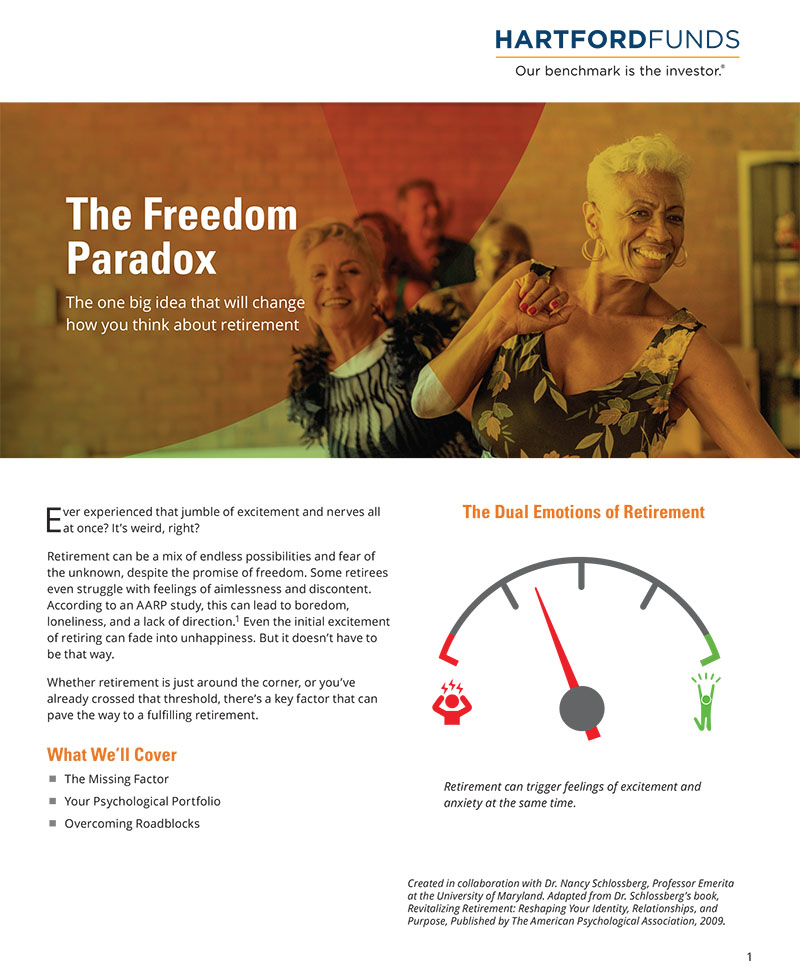Age Bias–It’s Everywhere
Nancy Perry Graham, an editor of AARP The Magazine wrote in the January 2010 issue: “Just listen to the late-night comics. Scarcely an evening goes by that David Letterman…doesn’t mock a certain 73-year-old politician with lines such as ‘During the presidential campaign, Sarah [Palin] had to cut up John McCain’s meat for him.’ Recently Jimmy Fallon (granted, a youngster, at 35) announced that the family of a 70-year-old man who had run his 163rd marathon would celebrate by ‘taking him out to a five-star emergency room.’” Similarly, many birthday cards for those over fifty have negative comments about aging like, “It’s all downhill after 40.”
These cards and comics are merely the tip of the iceberg. We are bombarded with messages that older people have less—less energy, less opportunities, less sex, less money. Except for wrinkles it is all about less. Nancy Signorielli, Professor in the Communication Department at the University of Delaware, studied the under-representation of elderly characters on prime-time network. She concluded that “Television celebrates youth while it neglects and negates the elderly…and [while] television’s messages about young adulthood are particularly vibrant and interesting, messages about middle and old age present a very different scenario because there are so few vibrant and interesting role models.”
These negative messages about aging have reached all of us – that is part of the reason we are frantically pursuing the fountain of youth. Even though there has been a decrease in the number of people having plastic surgery, there are still millions of women and men who go in for tucks and hair dying in an attempt to look younger.
When will we honor the person who says, “You look great–your hair is white, and your wrinkles sparkle?” When will we exchange wrinkles for wisdom, when will the messages from the media start honoring age? Changing attitudes means we must confront our own biases and celebrate rather than negate our age and wrinkles.


